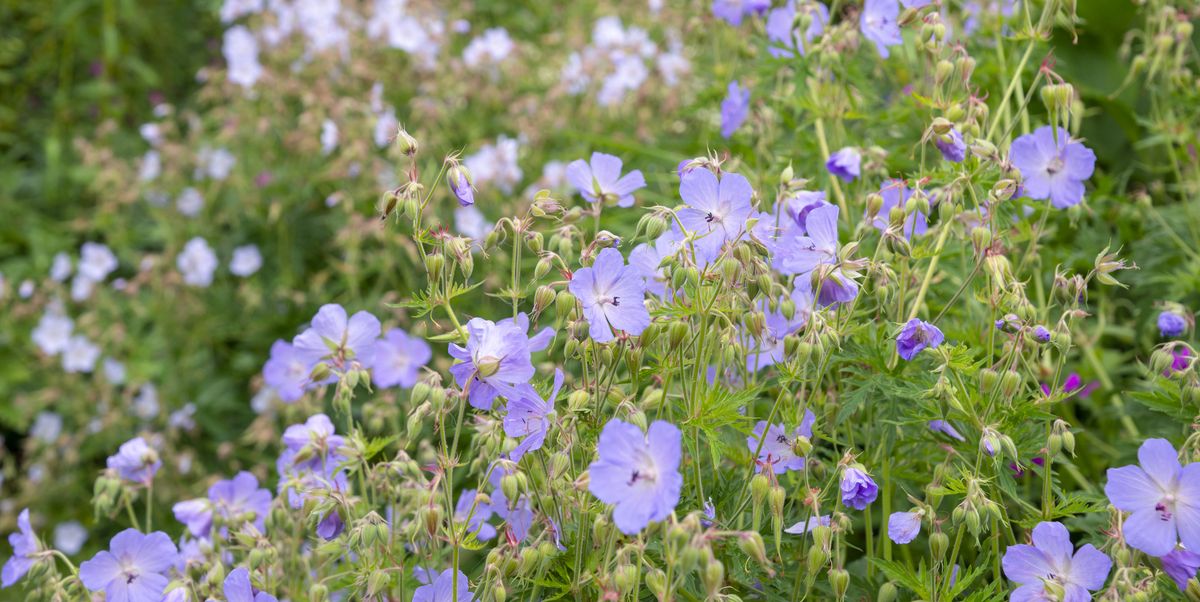Why Ground Cover Plants are a Great Alternative to Traditional Lawns
Traditional lawns can be a significant source of maintenance and environmental stress. They require regular mowing, watering, and fertilization, which can lead to increased greenhouse gas emissions and water waste. In contrast, ground cover plants offer a low-maintenance and eco-friendly alternative. By choosing the right plants for ground cover, homeowners can reduce their environmental footprint while creating a beautiful and functional outdoor space.
One of the primary benefits of using ground cover plants is reduced maintenance. Unlike traditional lawns, ground cover plants do not require regular mowing, which means less time spent on upkeep and more time to enjoy the outdoors. Additionally, ground cover plants are often more drought-tolerant than traditional lawns, which can lead to significant water savings.
Ground cover plants also promote biodiversity by providing a habitat for beneficial insects and microorganisms. This can lead to a healthier and more balanced ecosystem, which can have a positive impact on the environment. Furthermore, ground cover plants can help to reduce soil erosion and improve soil quality, which can lead to a more stable and sustainable outdoor space.
When selecting good plants for ground cover, it’s essential to consider factors such as climate, soil type, and sunlight. Different plants thrive in different conditions, so it’s crucial to choose plants that are well-suited to the local environment. By doing so, homeowners can create a beautiful and functional outdoor space that requires minimal maintenance and promotes environmental sustainability.
How to Choose the Best Ground Cover Plants for Your Climate and Soil Type
When selecting good plants for ground cover, it’s essential to consider the specific climate and soil type of your outdoor space. Different plants thrive in different conditions, and choosing the right plants can make all the difference in creating a beautiful and functional ground cover. In this section, we’ll explore the key factors to consider when selecting ground cover plants for your climate and soil type.
Climate is a critical factor in selecting ground cover plants. Plants that thrive in hot and dry climates, such as Sedum and Delosperma, may not perform well in cool and wet climates. Conversely, plants that prefer cooler temperatures, such as Creeping Thyme and Vinca minor, may not tolerate the heat of warmer climates. When selecting ground cover plants, consider the average temperature and precipitation levels in your area to ensure you choose plants that are well-suited to the local climate.
Soil type is another crucial factor to consider when selecting ground cover plants. Plants that prefer well-draining soil, such as Creeping Juniper and Phlox subulata, may not perform well in heavy clay soils. Conversely, plants that prefer moist soils, such as Ajuga and Lamium, may not tolerate dry soils. When selecting ground cover plants, consider the soil type and pH level in your area to ensure you choose plants that are well-suited to the local soil conditions.
Sunlight is also an essential factor to consider when selecting ground cover plants. Plants that prefer full sun, such as Sedum and Delosperma, may not perform well in shaded areas. Conversely, plants that prefer partial shade, such as Creeping Thyme and Vinca minor, may not tolerate full sun. When selecting ground cover plants, consider the amount of sunlight your outdoor space receives to ensure you choose plants that are well-suited to the local light conditions.
By considering these factors, you can choose the best ground cover plants for your climate and soil type. Remember to select plants that are well-suited to the local conditions, and don’t be afraid to mix and match different plants to create a unique and beautiful ground cover.
Low-Maintenance Ground Cover Plants for Busy Homeowners
For busy homeowners, maintaining a beautiful outdoor space can be a challenge. However, with the right ground cover plants, it’s possible to create a stunning and low-maintenance landscape. In this section, we’ll explore some of the best low-maintenance ground cover plants that are perfect for busy homeowners.
Creeping Thyme (Thymus serpyllum) is a popular choice for ground cover due to its low-maintenance requirements and ability to thrive in poor soil. This fragrant, spreading ground cover is perfect for areas with full sun to partial shade and can tolerate drought conditions. It’s also an excellent choice for areas with heavy foot traffic, as it can withstand light foot traffic.
Sedum (Sedum spp.) is another low-maintenance ground cover plant that’s perfect for busy homeowners. This succulent plant comes in a variety of shapes and sizes and can thrive in areas with full sun to partial shade. Sedum is drought-tolerant and requires minimal watering, making it an excellent choice for areas with low rainfall.
Vinca minor (Periwinkle) is a fast-spreading ground cover plant that’s perfect for areas with partial shade to full shade. This low-maintenance plant requires minimal watering and can thrive in poor soil. It’s also an excellent choice for areas with heavy foot traffic, as it can withstand light foot traffic.
Other low-maintenance ground cover plants that are perfect for busy homeowners include Phlox subulata (Creeping Phlox), Delosperma (Delosperma spp.), and Corsican Mint (Mentha requienii). These plants are all relatively easy to care for and can thrive in a variety of conditions, making them perfect for busy homeowners who want to create a beautiful outdoor space without breaking a sweat.
When selecting low-maintenance ground cover plants, it’s essential to consider the specific growing conditions of your outdoor space. Make sure to choose plants that are well-suited to the local climate, soil type, and sunlight conditions. With the right plants, you can create a stunning and low-maintenance landscape that’s perfect for busy homeowners.
Ground Cover Plants that Attract Pollinators and Wildlife
Ground cover plants can play a crucial role in supporting local pollinators and wildlife. By choosing plants that attract bees, butterflies, and other beneficial insects, you can create a thriving ecosystem in your outdoor space. In this section, we’ll explore some of the best ground cover plants that attract pollinators and wildlife.
Bee Balm (Monarda didyma) is a popular choice for attracting pollinators. This fragrant herb attracts bees, butterflies, and hummingbirds, and is a great addition to any ground cover. Bee Balm is relatively low-maintenance and can thrive in areas with full sun to partial shade.
Creeping Juniper (Juniperus horizontalis) is another excellent choice for attracting wildlife. This low-growing evergreen attracts birds and small mammals, and provides a habitat for beneficial insects. Creeping Juniper is drought-tolerant and can thrive in areas with full sun to partial shade.
Phlox subulata (Creeping Phlox) is a low-maintenance ground cover plant that attracts pollinators and wildlife. This fragrant, spreading plant attracts bees, butterflies, and hummingbirds, and is a great addition to any outdoor space. Phlox subulata is relatively easy to care for and can thrive in areas with full sun to partial shade.
Other ground cover plants that attract pollinators and wildlife include Sedum (Sedum spp.), Delosperma (Delosperma spp.), and Corsican Mint (Mentha requienii). These plants are all relatively easy to care for and can thrive in a variety of conditions, making them perfect for attracting pollinators and wildlife to your outdoor space.
When selecting ground cover plants that attract pollinators and wildlife, it’s essential to consider the specific needs of the plants. Make sure to choose plants that are well-suited to the local climate, soil type, and sunlight conditions. By doing so, you can create a thriving ecosystem in your outdoor space that supports local pollinators and wildlife.
By incorporating ground cover plants that attract pollinators and wildlife into your outdoor space, you can create a beautiful and functional landscape that supports the local ecosystem. Whether you’re looking to attract bees, butterflies, or birds, there are many ground cover plants that can help you achieve your goals.
Ground Cover Plants for Shaded Areas: Options for Partial to Full Shade
Shaded areas can be a challenge when it comes to finding the right ground cover plants. However, there are many options that thrive in partial to full shade, making it possible to create a beautiful and functional landscape even in the shadiest of areas. In this section, we’ll explore some of the best ground cover plants for shaded areas.
Ajuga (Ajuga reptans) is a popular choice for shaded areas. This low-maintenance ground cover plant has attractive, variegated foliage and produces blue or purple flowers in the spring. Ajuga is relatively easy to care for and can thrive in areas with partial to full shade.
Lamium (Lamium maculatum) is another excellent option for shaded areas. This low-growing ground cover plant has attractive, variegated foliage and produces white, pink, or purple flowers in the spring. Lamium is relatively low-maintenance and can thrive in areas with partial to full shade.
Pachysandra (Pachysandra terminalis) is a slow-growing, evergreen ground cover plant that thrives in shaded areas. This plant has attractive, glossy foliage and can tolerate a range of soil conditions. Pachysandra is relatively low-maintenance and can thrive in areas with partial to full shade.
Other ground cover plants that thrive in shaded areas include Vinca minor (Periwinkle), Phlox subulata (Creeping Phlox), and Sedum (Sedum spp.). These plants are all relatively easy to care for and can thrive in a variety of conditions, making them perfect for shaded areas.
When selecting ground cover plants for shaded areas, it’s essential to consider the specific needs of the plants. Make sure to choose plants that are well-suited to the local climate, soil type, and sunlight conditions. By doing so, you can create a beautiful and functional landscape that thrives even in the shadiest of areas.
By incorporating ground cover plants into your shaded areas, you can create a stunning and functional landscape that adds beauty and value to your outdoor space. Whether you’re looking to create a low-maintenance landscape or a vibrant, flowering display, there are many ground cover plants that can help you achieve your goals.
Ground Cover Plants for Slopes and Erosion Control
Slopes and hillsides can be challenging to landscape, especially when it comes to preventing erosion. However, there are many ground cover plants that can help with erosion control while also adding beauty to your outdoor space. In this section, we’ll explore some of the best ground cover plants for slopes and erosion control.
Creeping Raspberry (Rubus calycinoides) is a popular choice for slopes and erosion control. This low-maintenance ground cover plant has a spreading habit and produces white or pink flowers in the spring. Creeping Raspberry is relatively easy to care for and can thrive in areas with full sun to partial shade.
Sweet Woodruff (Galium odoratum) is another excellent option for slopes and erosion control. This low-growing ground cover plant has a spreading habit and produces white flowers in the spring. Sweet Woodruff is relatively low-maintenance and can thrive in areas with partial shade to full shade.
Wild Strawberry (Fragaria vesca) is a low-maintenance ground cover plant that is perfect for slopes and erosion control. This plant has a spreading habit and produces white or pink flowers in the spring. Wild Strawberry is relatively easy to care for and can thrive in areas with full sun to partial shade.
Other ground cover plants that can help with erosion control on slopes include Creeping Juniper (Juniperus horizontalis), Phlox subulata (Creeping Phlox), and Sedum (Sedum spp.). These plants are all relatively easy to care for and can thrive in a variety of conditions, making them perfect for slopes and erosion control.
When selecting ground cover plants for slopes and erosion control, it’s essential to consider the specific needs of the plants. Make sure to choose plants that are well-suited to the local climate, soil type, and sunlight conditions. By doing so, you can create a beautiful and functional landscape that helps to prevent erosion and adds value to your outdoor space.
By incorporating ground cover plants into your slope landscaping, you can create a stunning and functional landscape that adds beauty and value to your outdoor space. Whether you’re looking to prevent erosion or simply add some color and texture to your landscape, there are many ground cover plants that can help you achieve your goals.
Ground Cover Plants for Coastal Areas: Salt-Tolerant Options
Coastal areas can be challenging to landscape, especially when it comes to finding plants that can tolerate the salt spray and harsh winds. However, there are many ground cover plants that are specifically adapted to thrive in these conditions. In this section, we’ll explore some of the best ground cover plants for coastal areas.
Beach Morning Glory (Ipomoea pes-caprae) is a popular choice for coastal areas. This low-maintenance ground cover plant has a spreading habit and produces white or pink flowers in the summer. Beach Morning Glory is relatively easy to care for and can thrive in areas with full sun to partial shade.
Sea Pinks (Armeria maritima) is another excellent option for coastal areas. This low-growing ground cover plant has a spreading habit and produces pink or white flowers in the spring. Sea Pinks is relatively low-maintenance and can thrive in areas with full sun to partial shade.
Dune Grass (Leymus arenarius) is a low-maintenance ground cover plant that is perfect for coastal areas. This plant has a spreading habit and produces yellow or green flowers in the summer. Dune Grass is relatively easy to care for and can thrive in areas with full sun to partial shade.
Other ground cover plants that are tolerant of salt spray and coastal conditions include Creeping Juniper (Juniperus horizontalis), Phlox subulata (Creeping Phlox), and Sedum (Sedum spp.). These plants are all relatively easy to care for and can thrive in a variety of conditions, making them perfect for coastal areas.
When selecting ground cover plants for coastal areas, it’s essential to consider the specific needs of the plants. Make sure to choose plants that are well-suited to the local climate, soil type, and sunlight conditions. By doing so, you can create a beautiful and functional landscape that can withstand the harsh conditions of the coast.
By incorporating ground cover plants into your coastal landscaping, you can create a stunning and functional landscape that adds beauty and value to your outdoor space. Whether you’re looking to create a low-maintenance landscape or a vibrant, flowering display, there are many ground cover plants that can help you achieve your goals.
Ground Cover Plants for Containers: Perfect for Small Spaces
Container gardens are a great way to add some greenery to small spaces, such as balconies, patios, or rooftops. However, finding the right plants that can thrive in containers can be a challenge. In this section, we’ll explore some of the best ground cover plants that are perfect for containers.
Dwarf Mondo Grass (Ophiopogon japonicus ‘Nana’) is a popular choice for containers. This low-maintenance ground cover plant has a spreading habit and produces purple flowers in the summer. Dwarf Mondo Grass is relatively easy to care for and can thrive in areas with full sun to partial shade.
Creeping Jenny (Lysimachia nummularia ‘Aurea’) is another excellent option for containers. This low-growing ground cover plant has a spreading habit and produces yellow flowers in the spring. Creeping Jenny is relatively low-maintenance and can thrive in areas with full sun to partial shade.
Sweet Alyssum (Lobularia maritima) is a low-maintenance ground cover plant that is perfect for containers. This plant has a spreading habit and produces white flowers in the summer. Sweet Alyssum is relatively easy to care for and can thrive in areas with full sun to partial shade.
Other ground cover plants that thrive in containers include Sedum (Sedum spp.), Phlox subulata (Creeping Phlox), and Vinca minor (Periwinkle). These plants are all relatively easy to care for and can thrive in a variety of conditions, making them perfect for containers.
When selecting ground cover plants for containers, it’s essential to consider the specific needs of the plants. Make sure to choose plants that are well-suited to the local climate, soil type, and sunlight conditions. By doing so, you can create a beautiful and functional container garden that adds beauty and value to your small space.
By incorporating ground cover plants into your container garden, you can create a stunning and functional landscape that adds beauty and value to your small space. Whether you’re looking to create a low-maintenance landscape or a vibrant, flowering display, there are many ground cover plants that can help you achieve your goals.


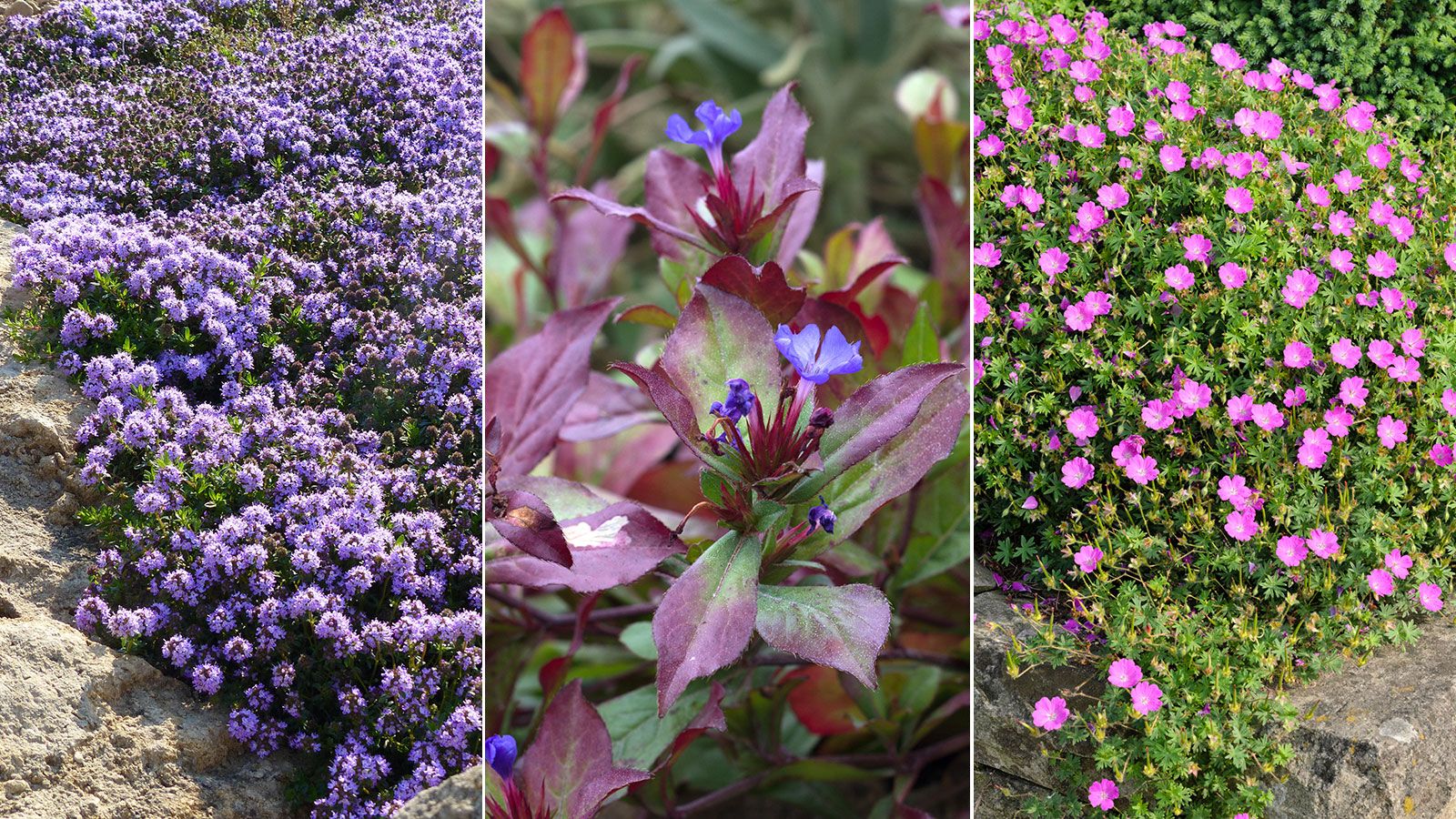
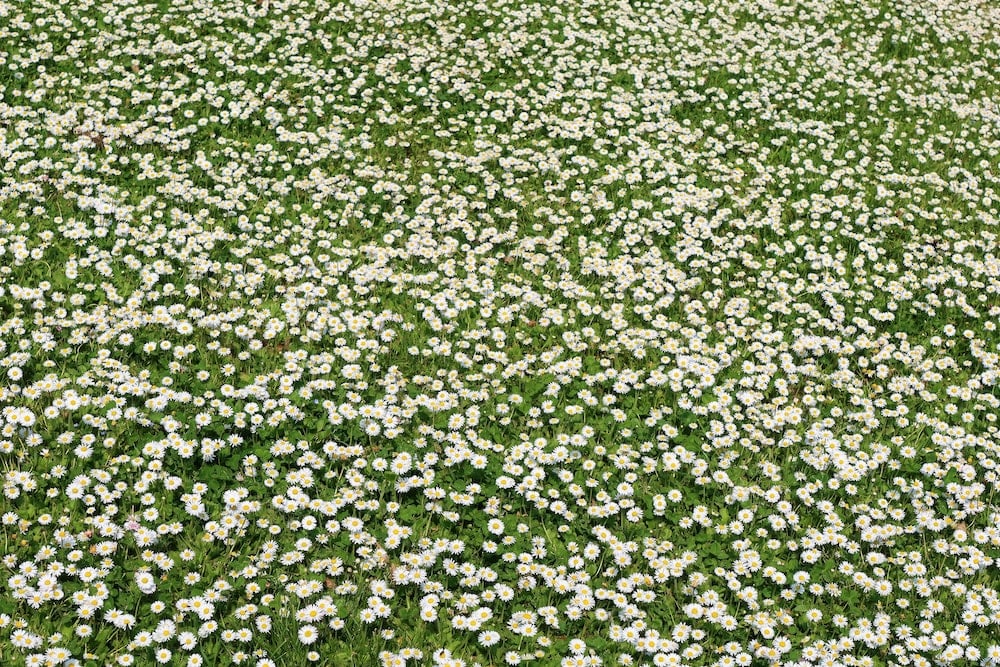
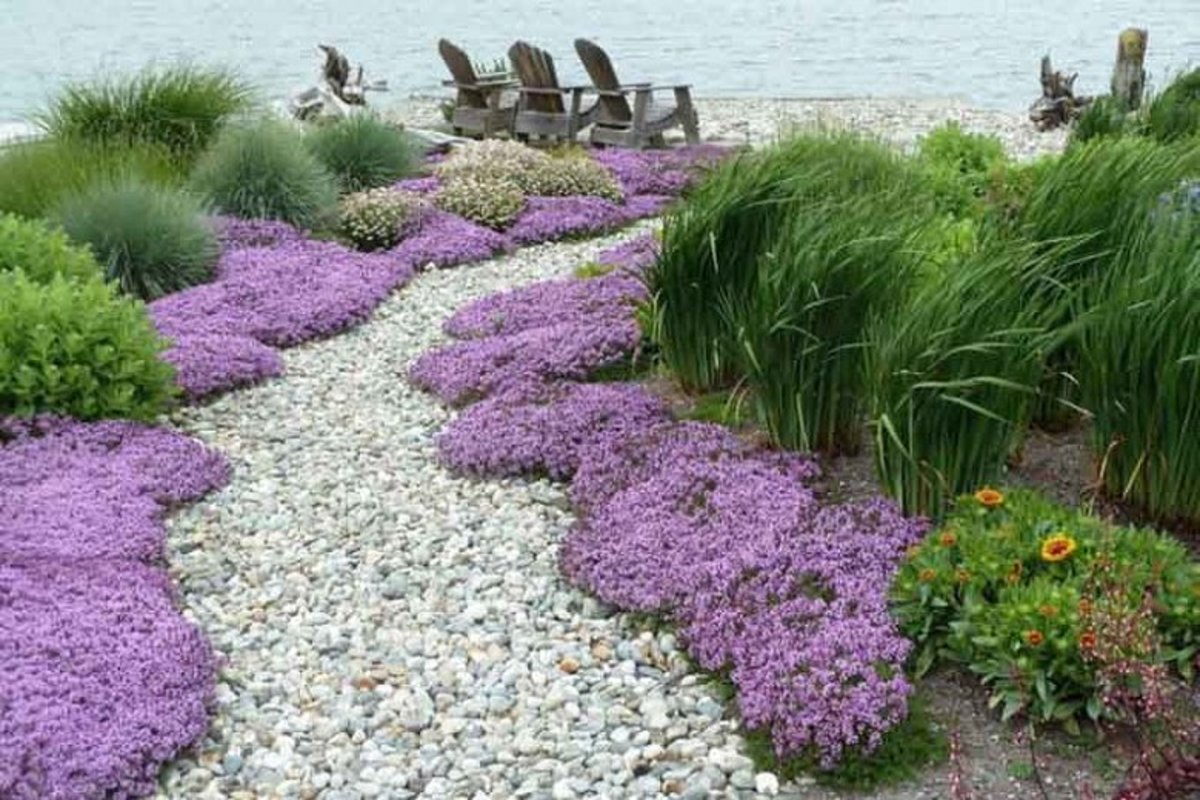
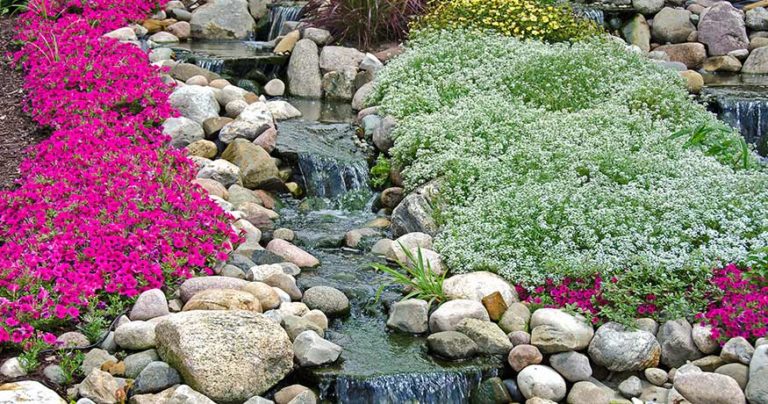

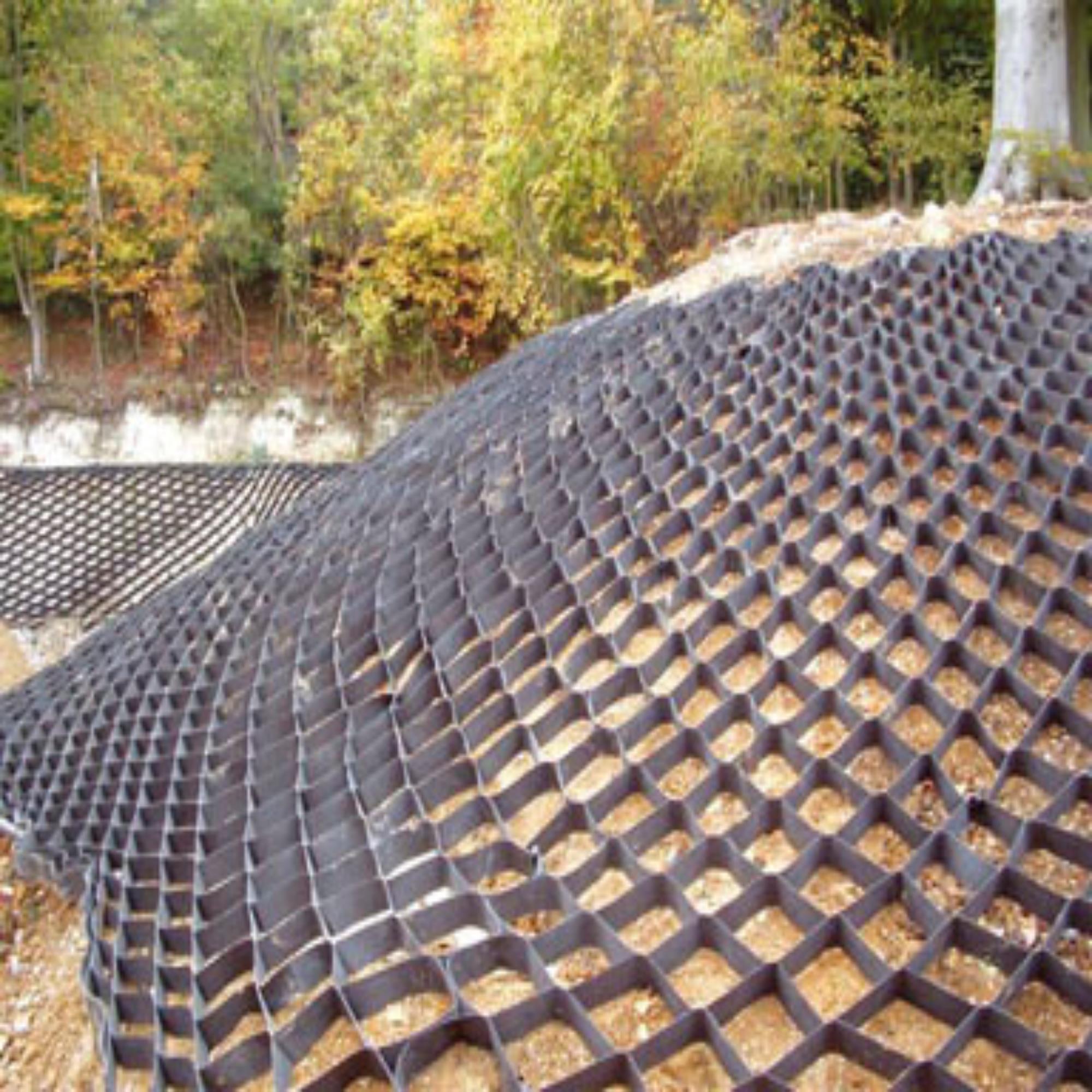
:max_bytes(150000):strip_icc()/GettyImages-540036460-e0c7aec031a84930b9ac689963ae5e86.jpg)
